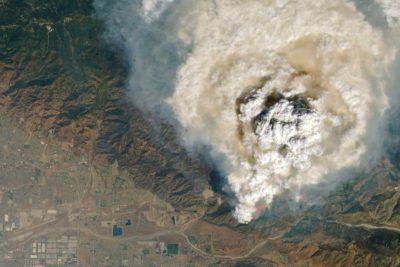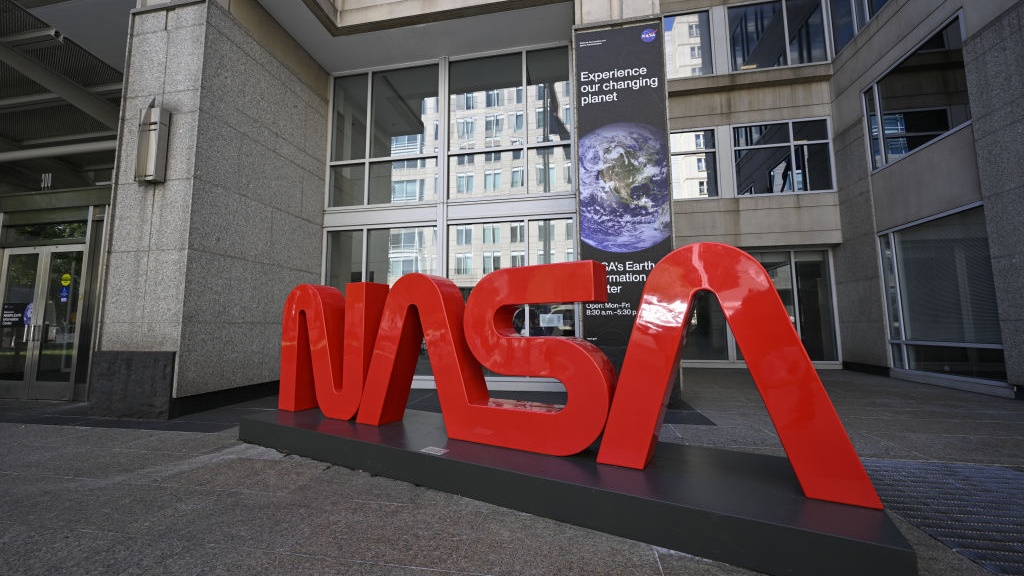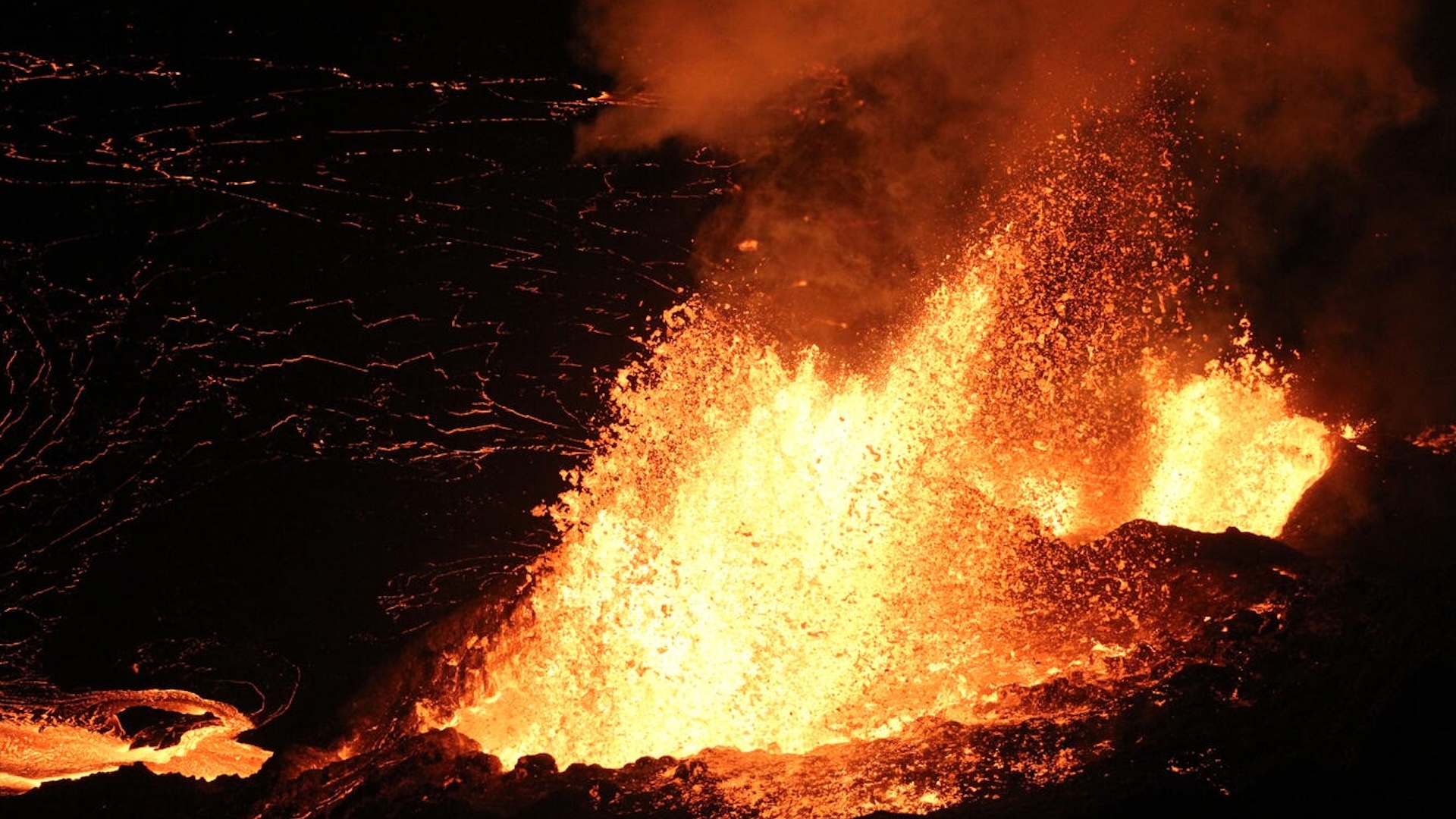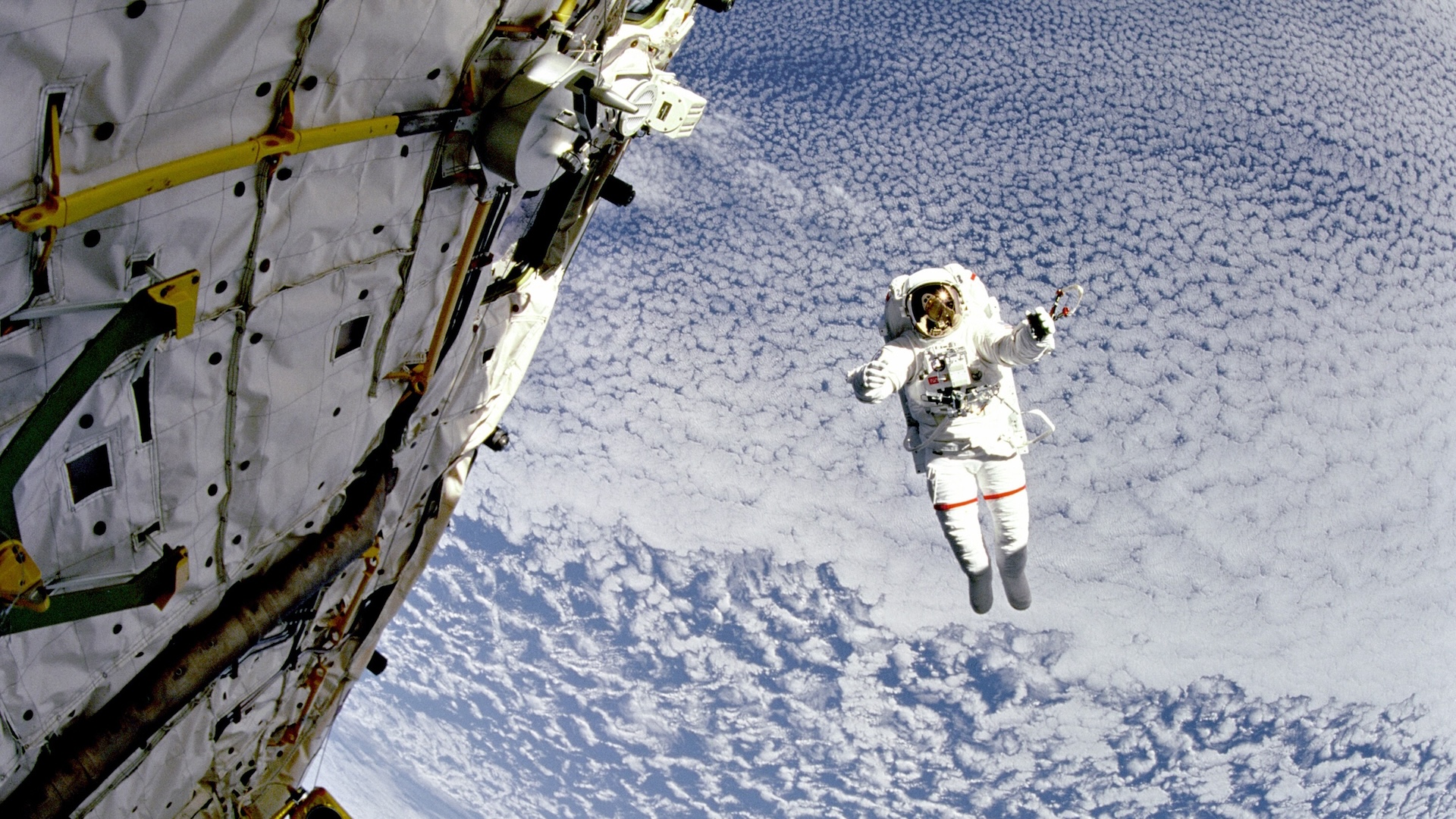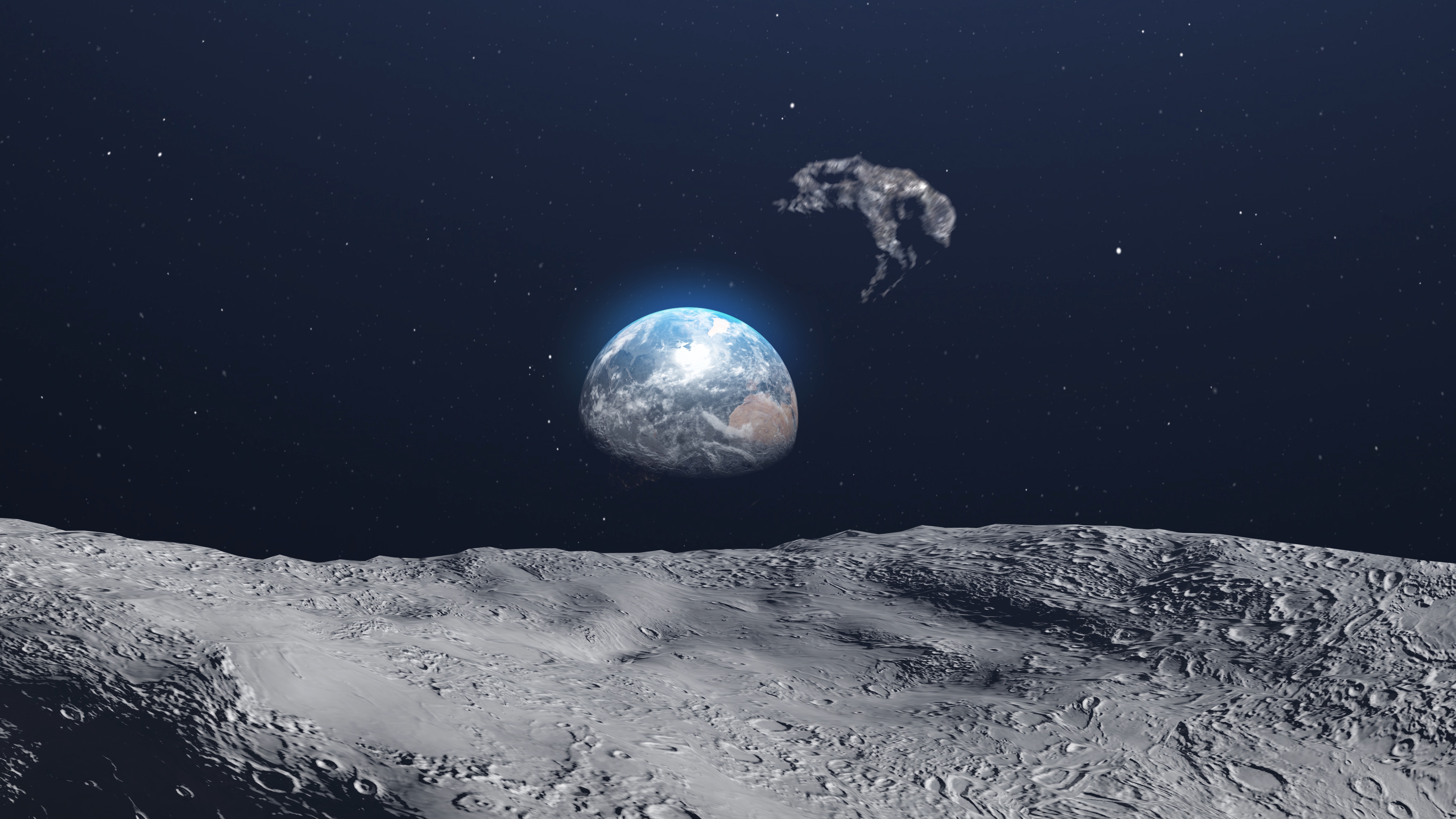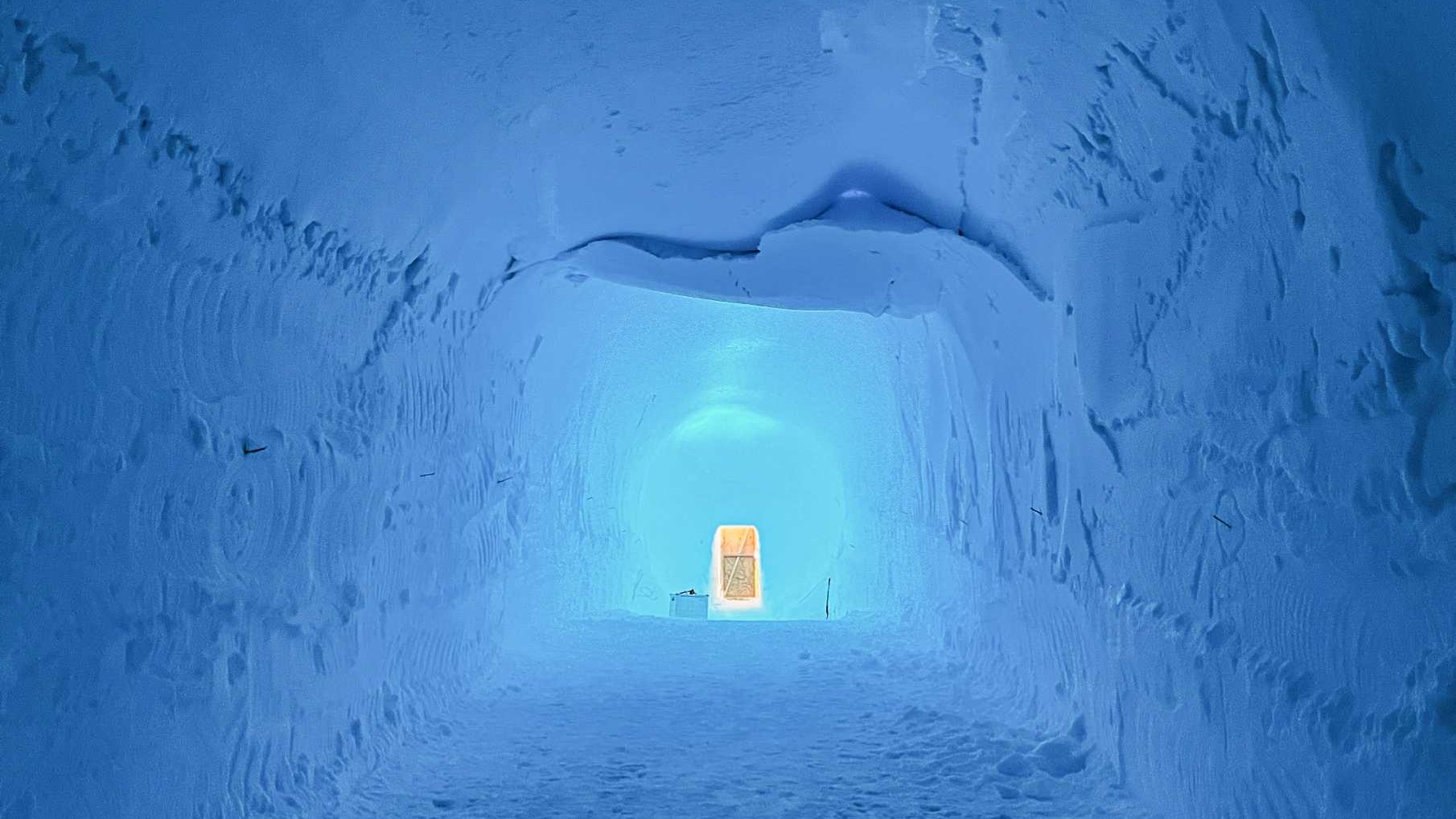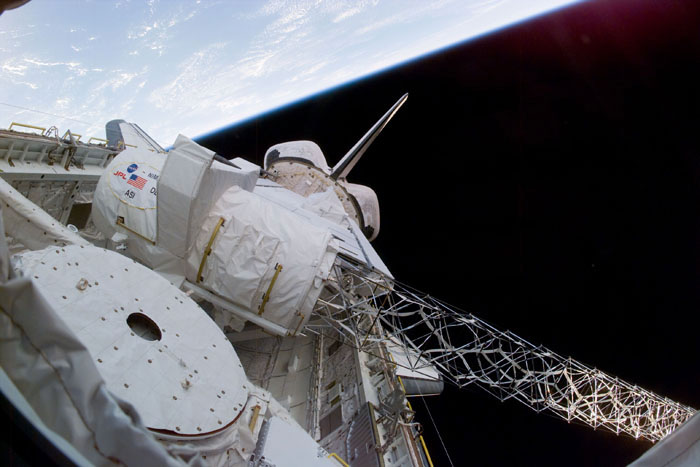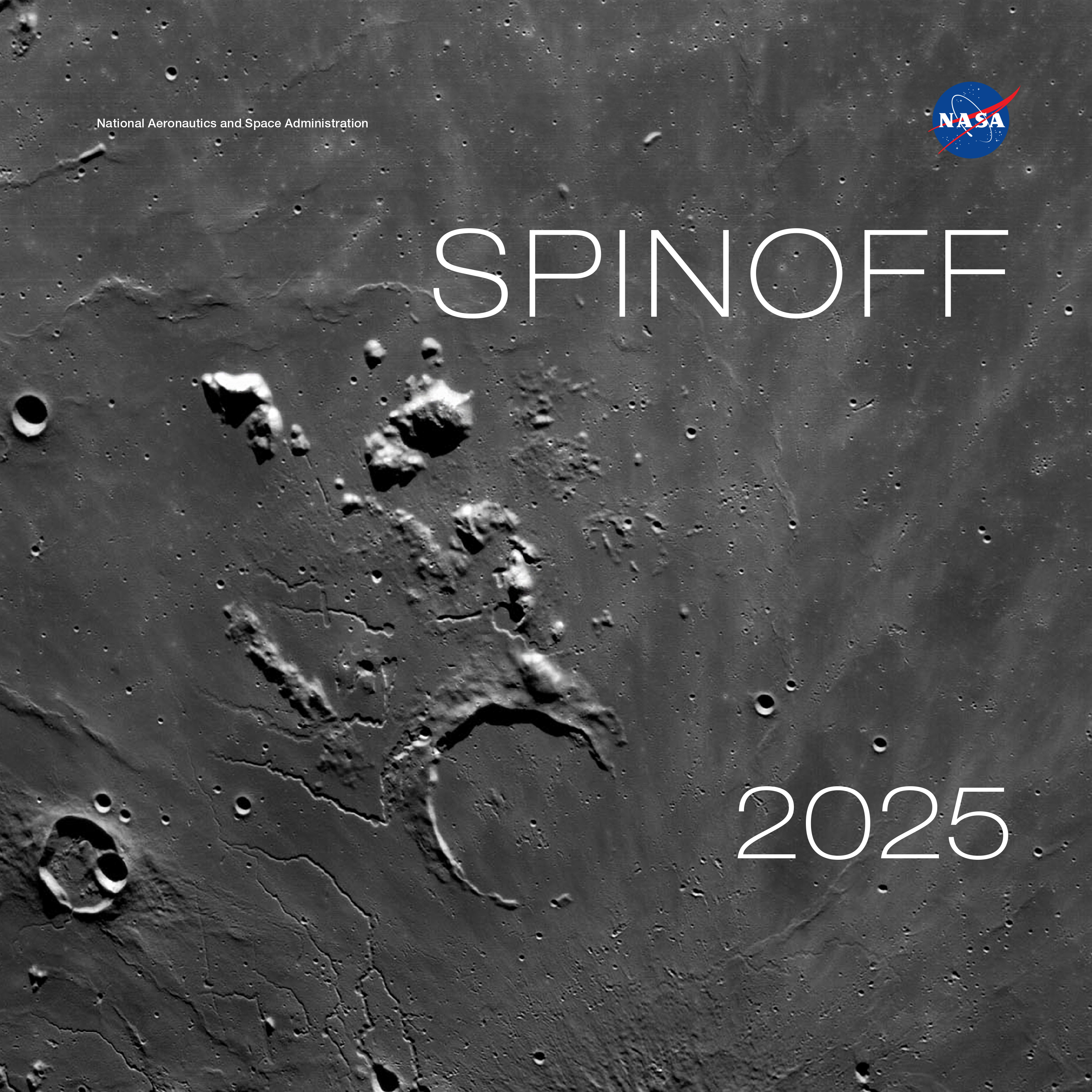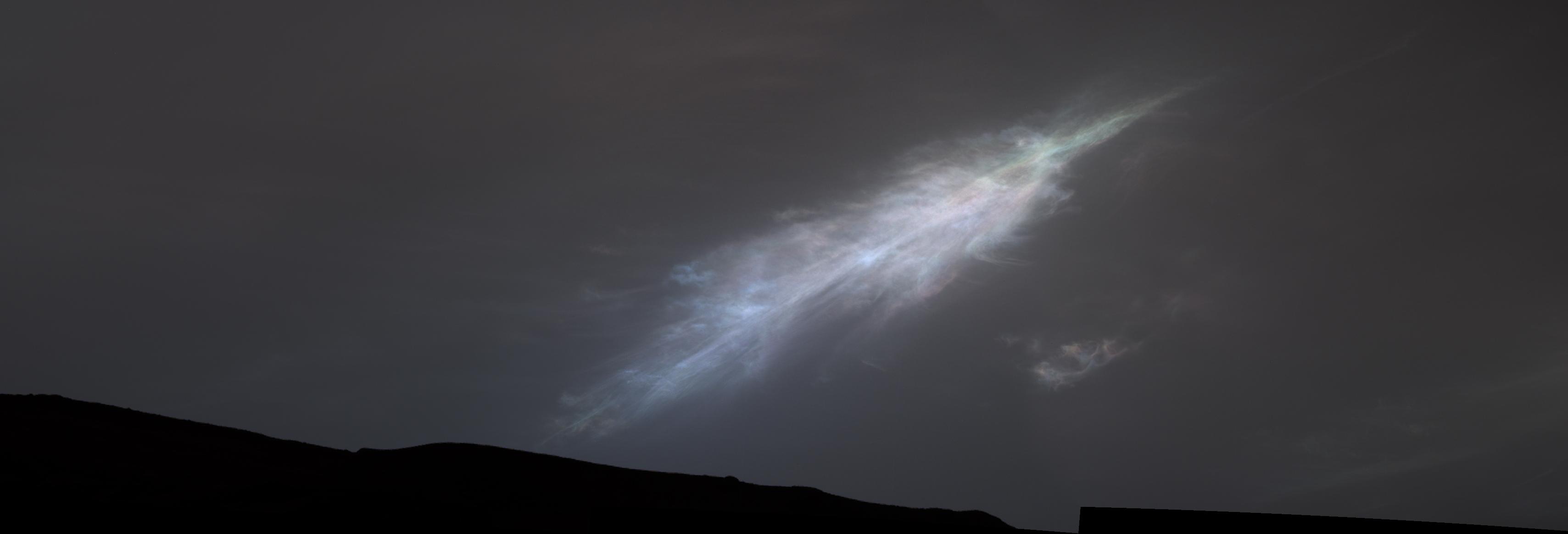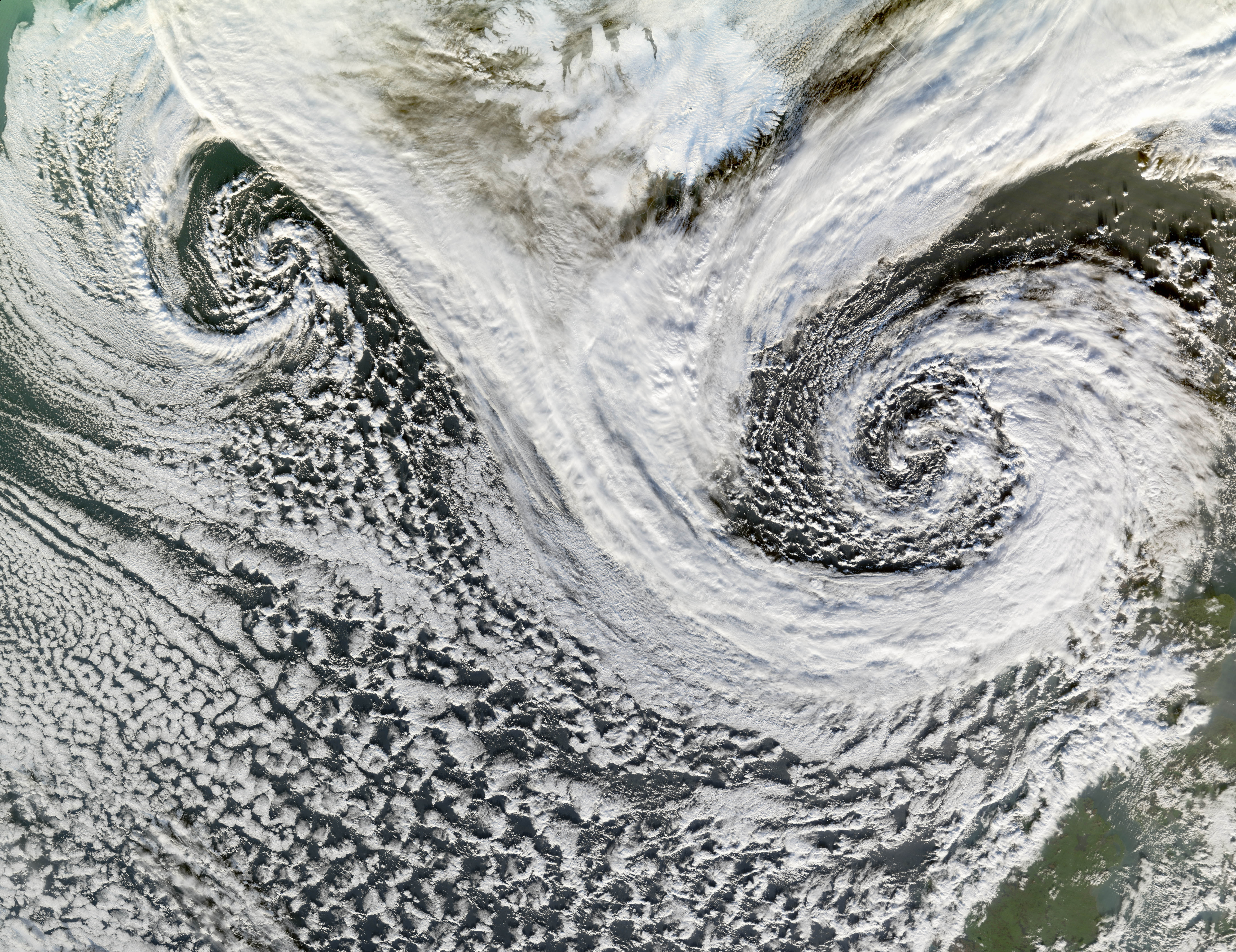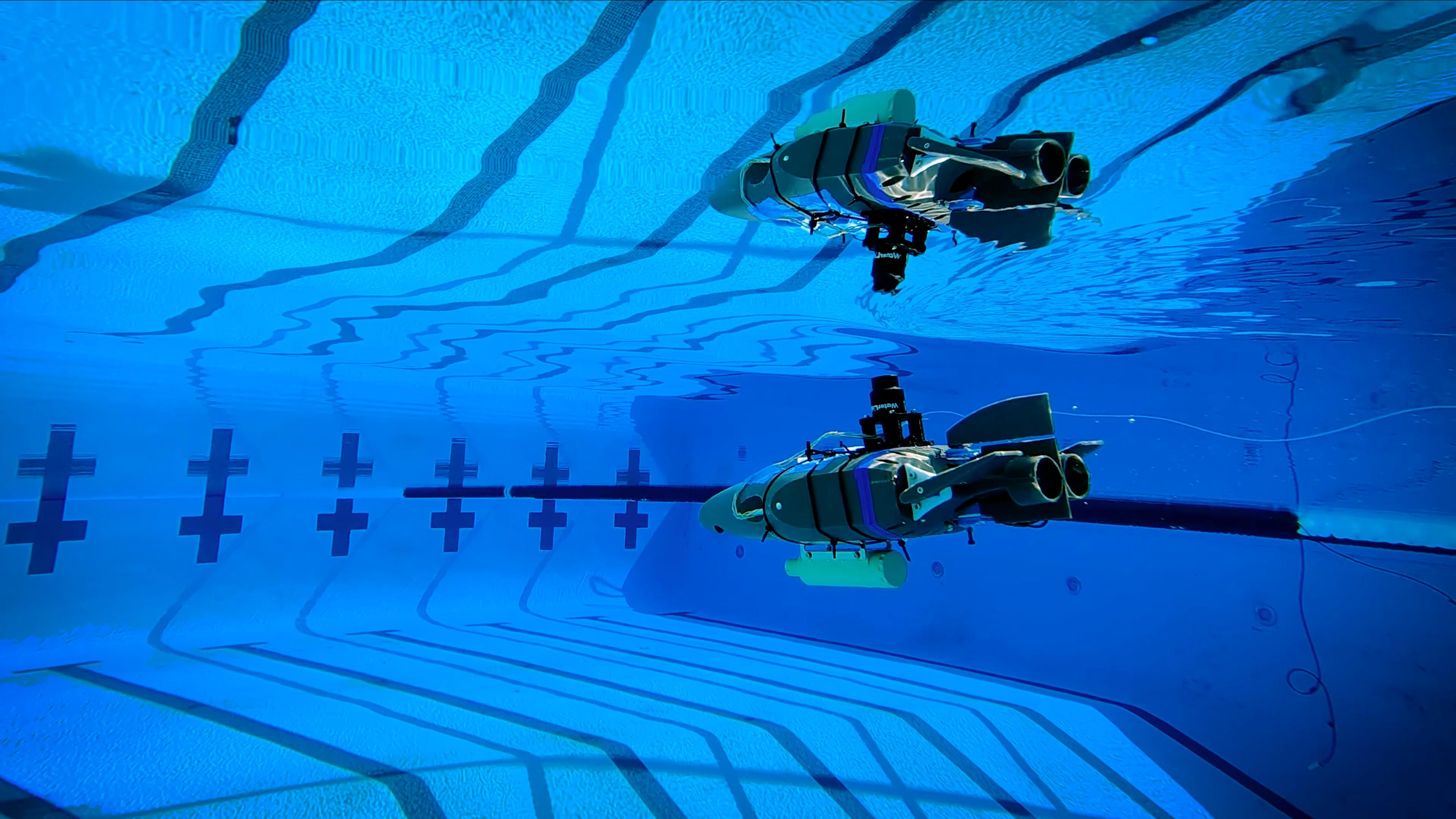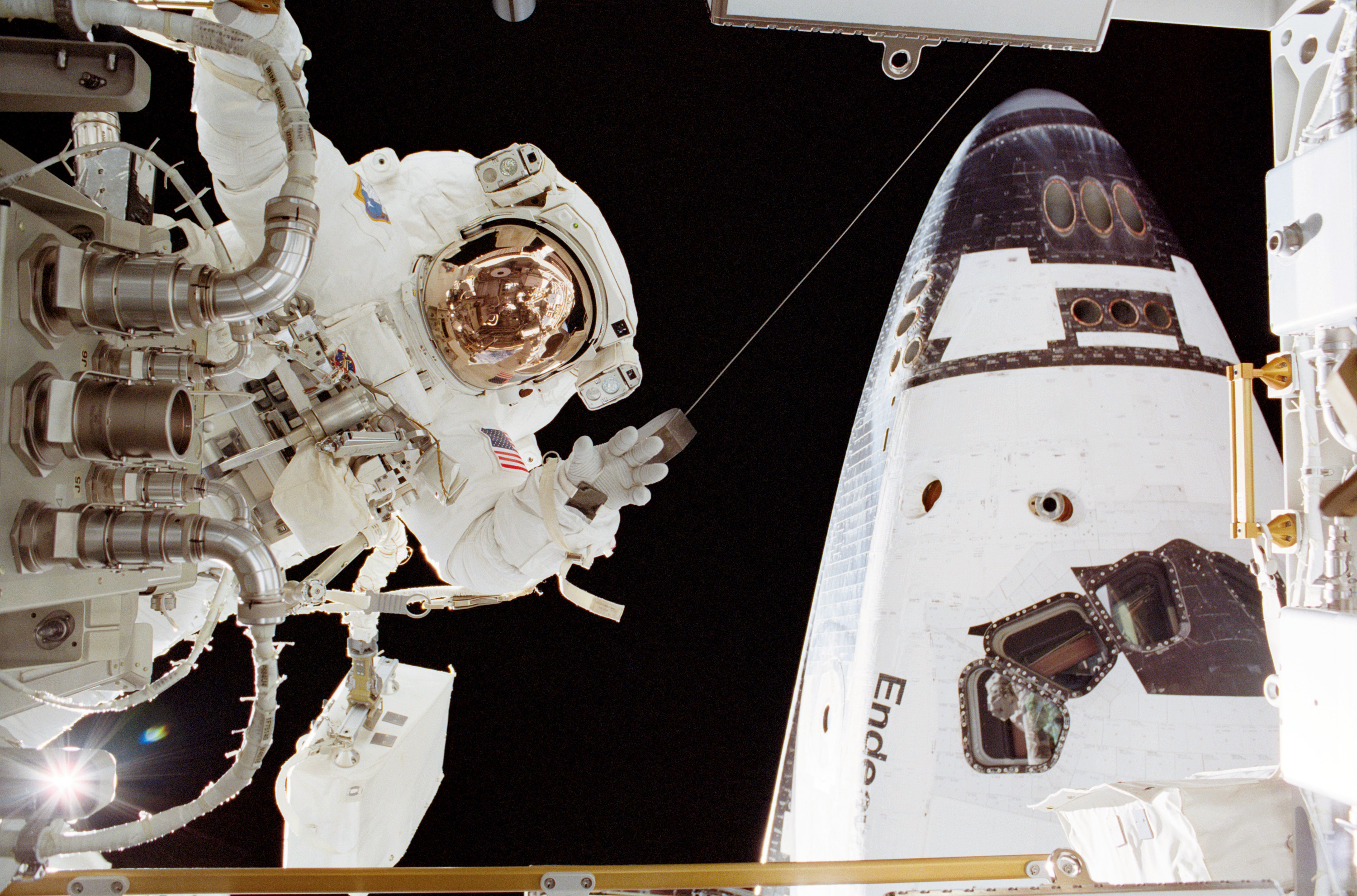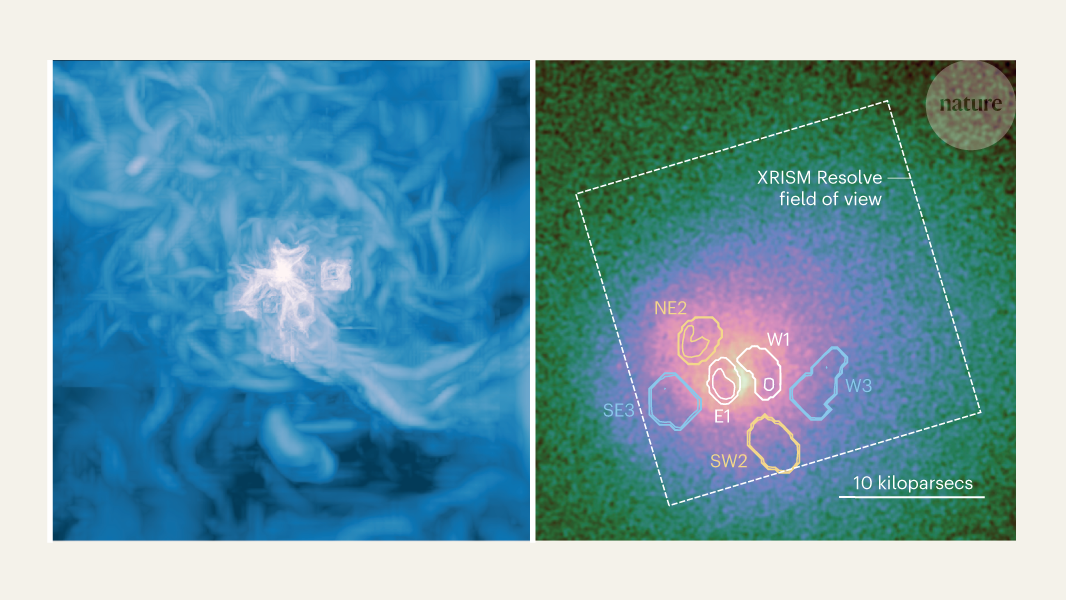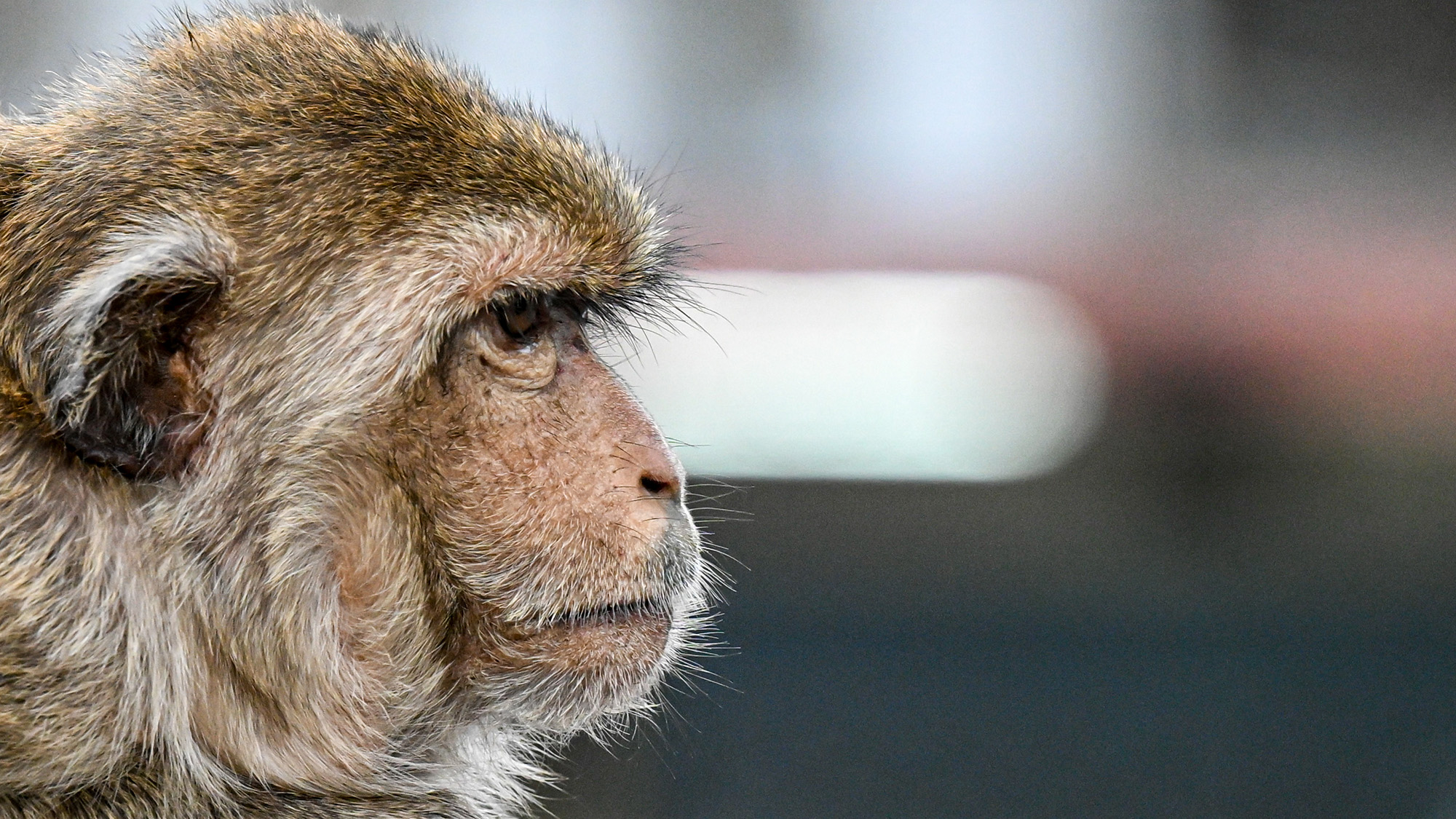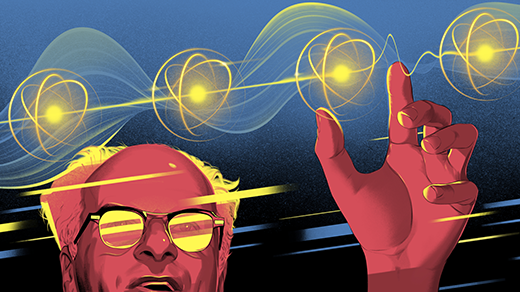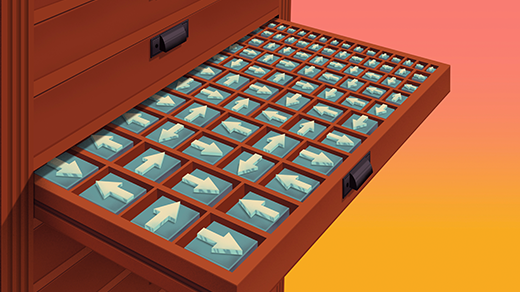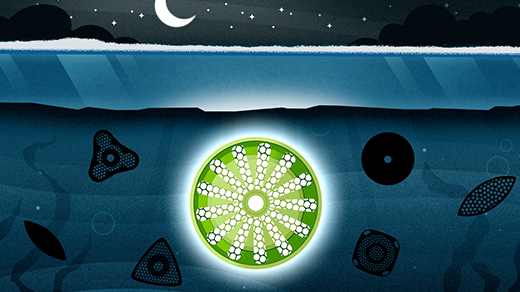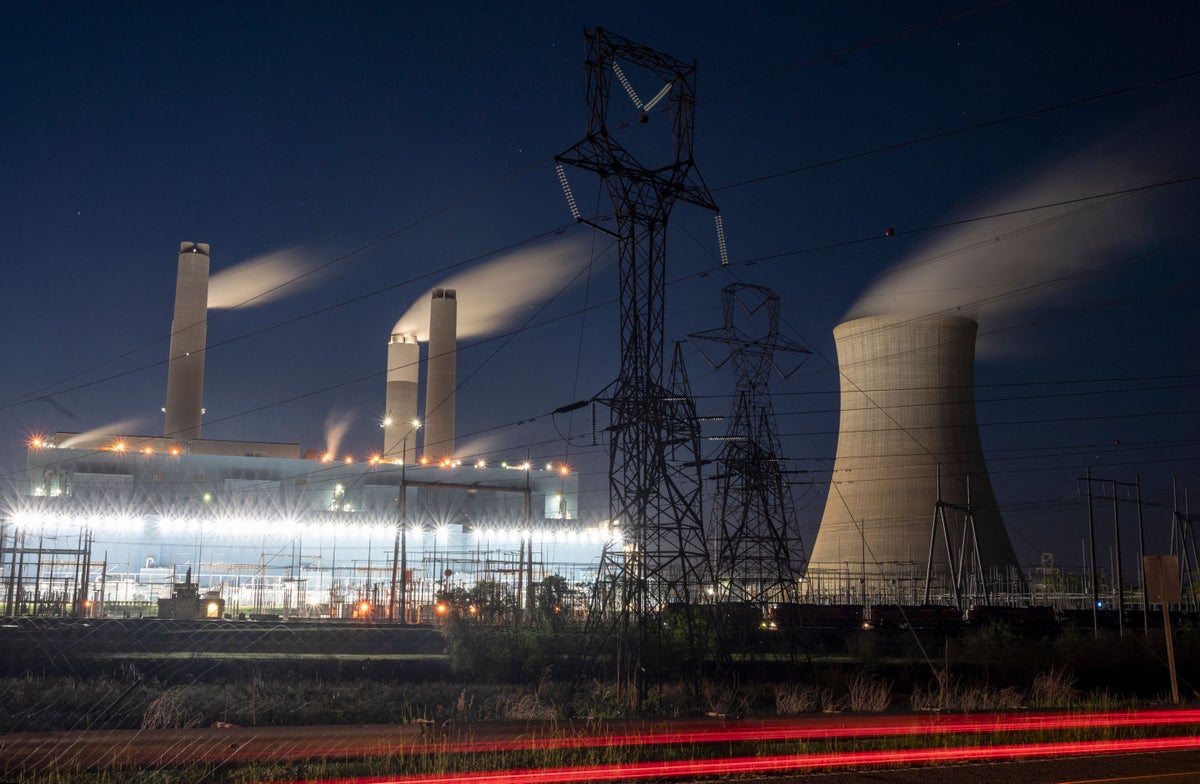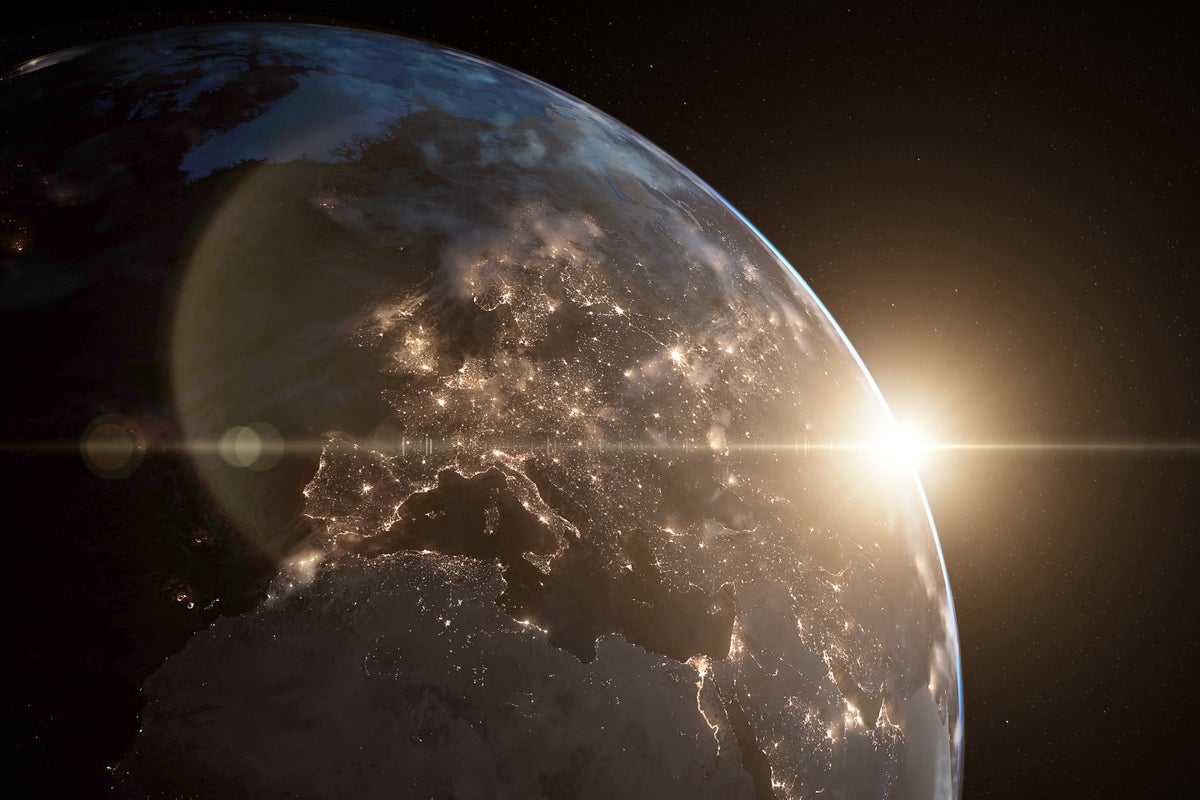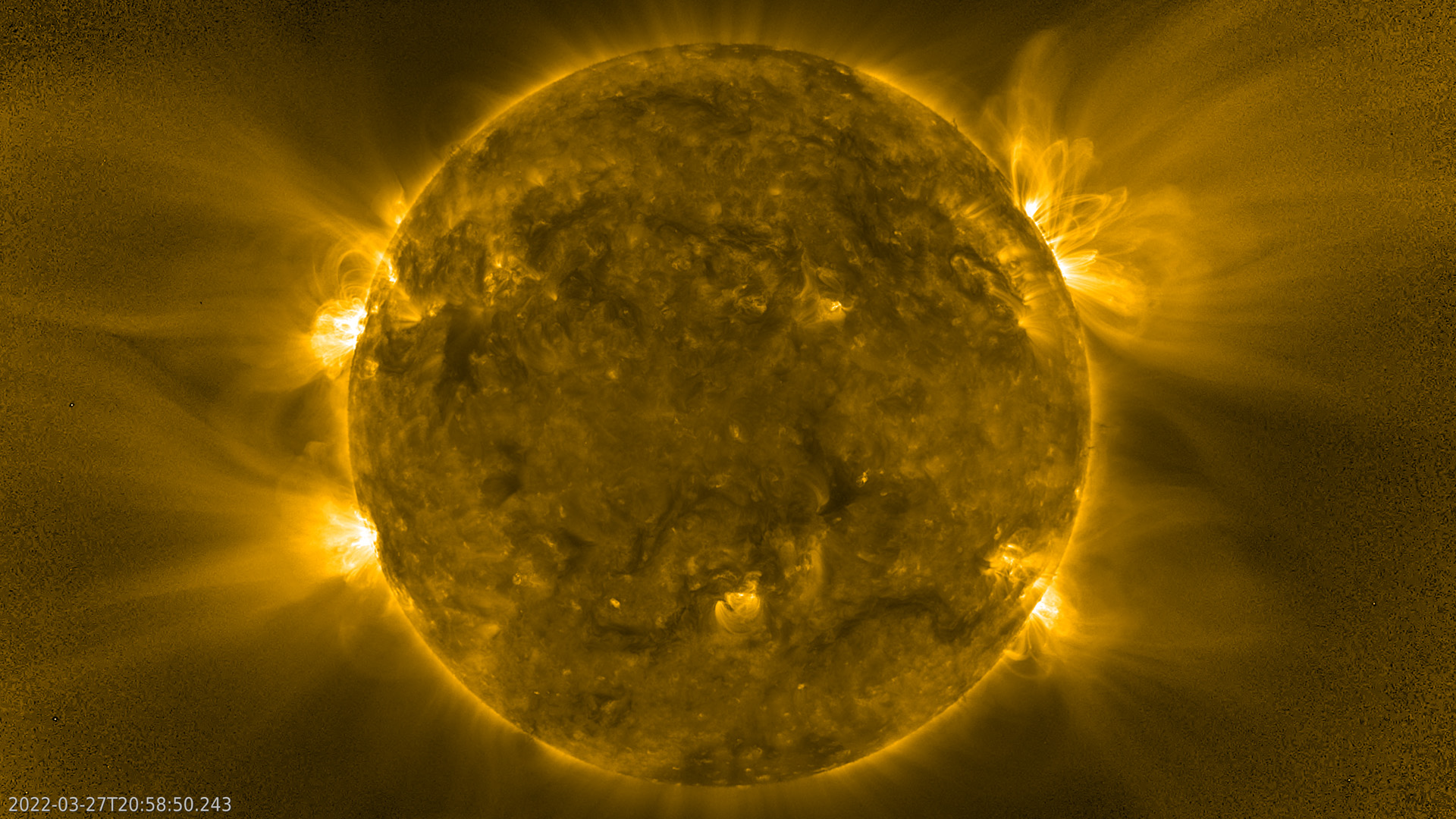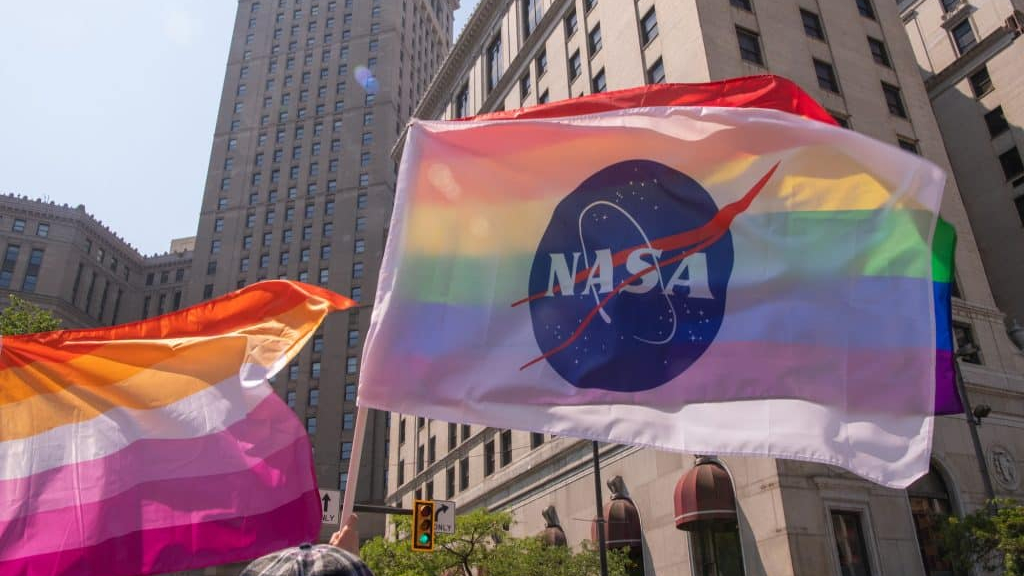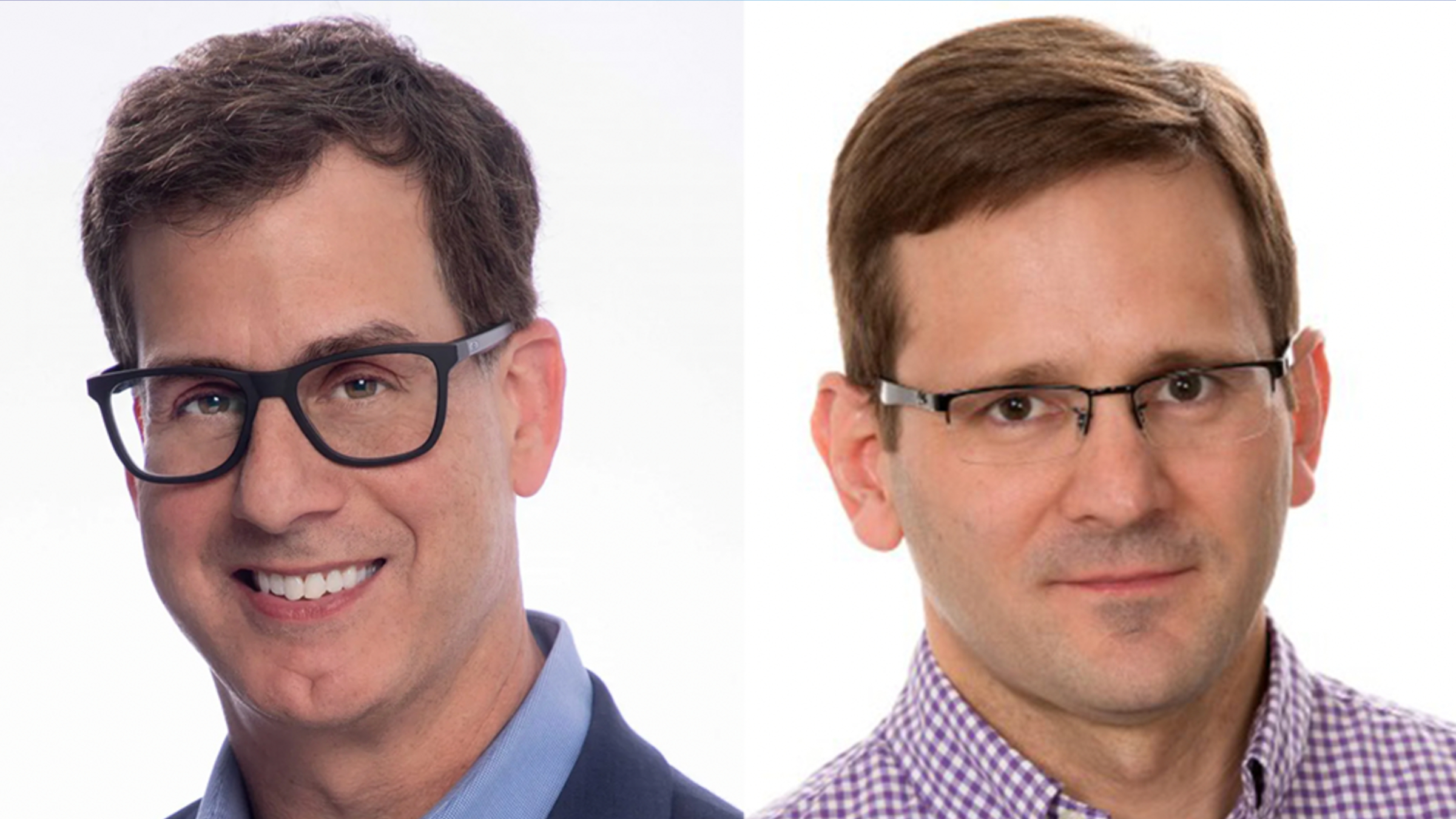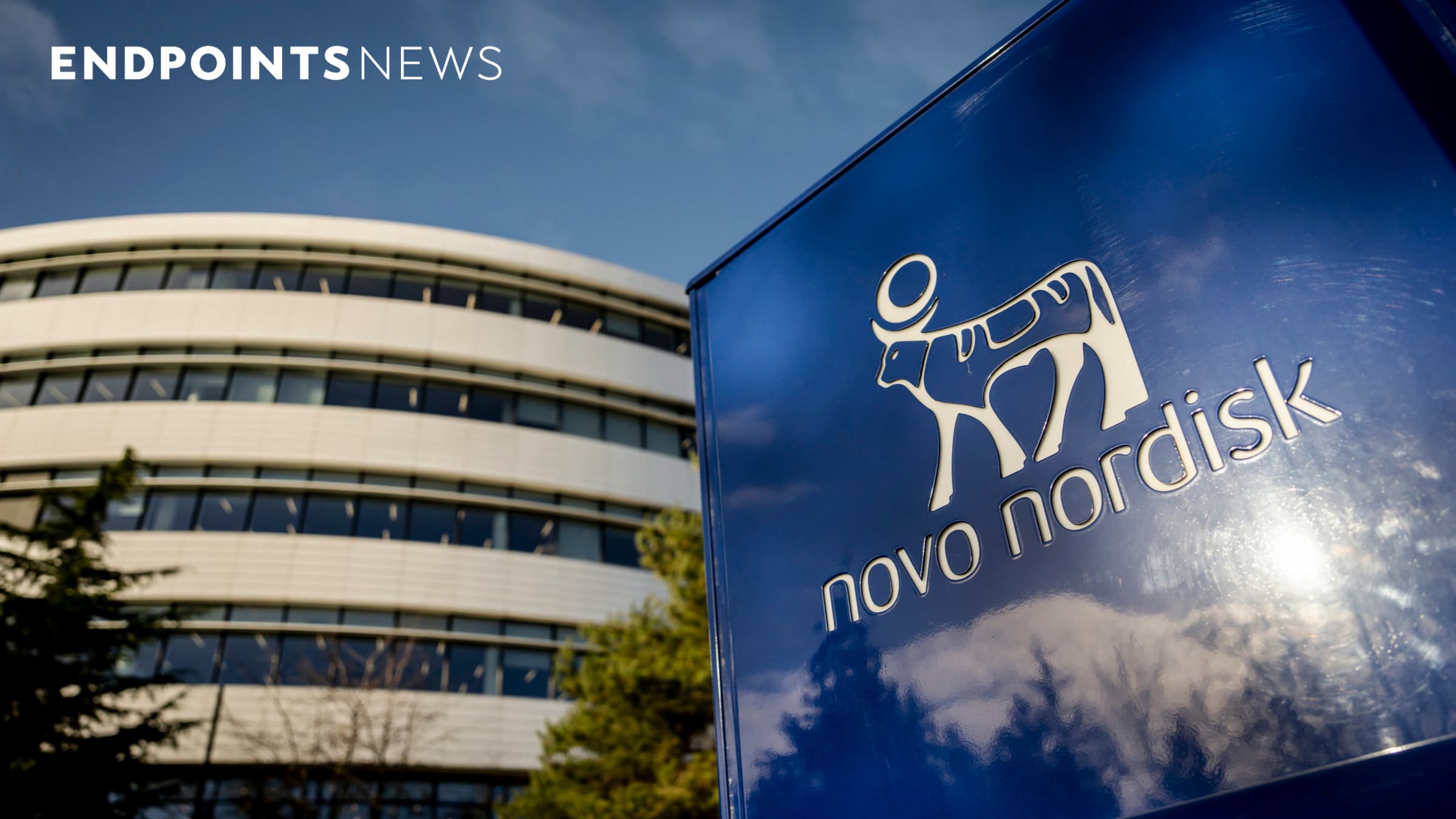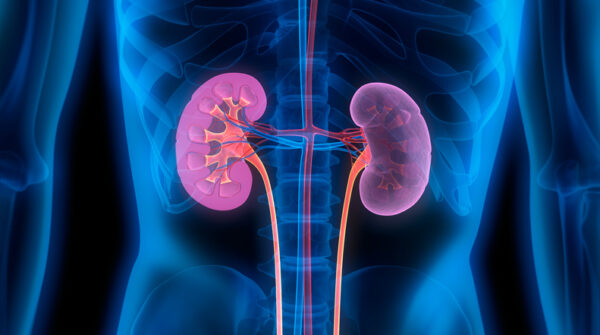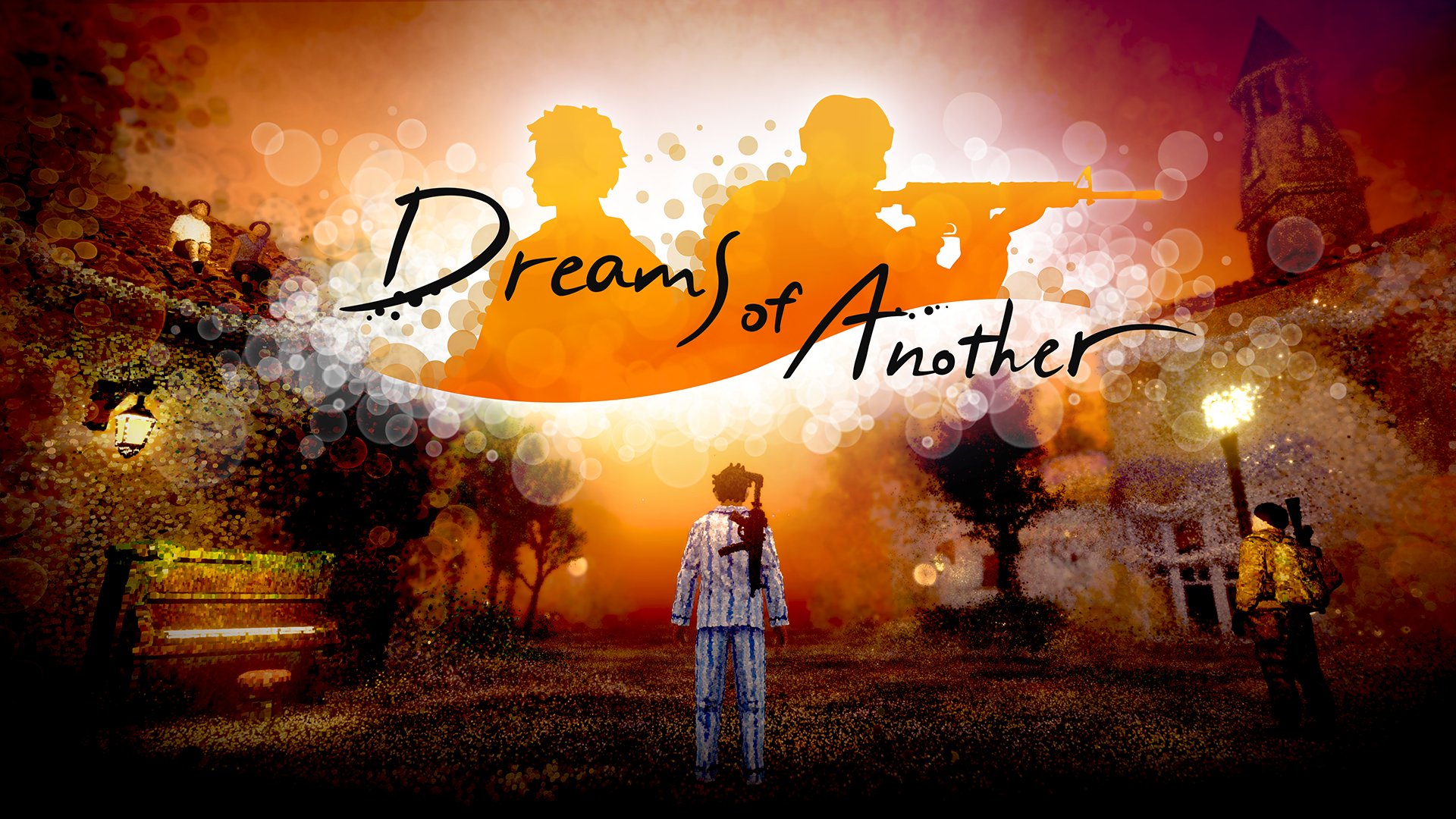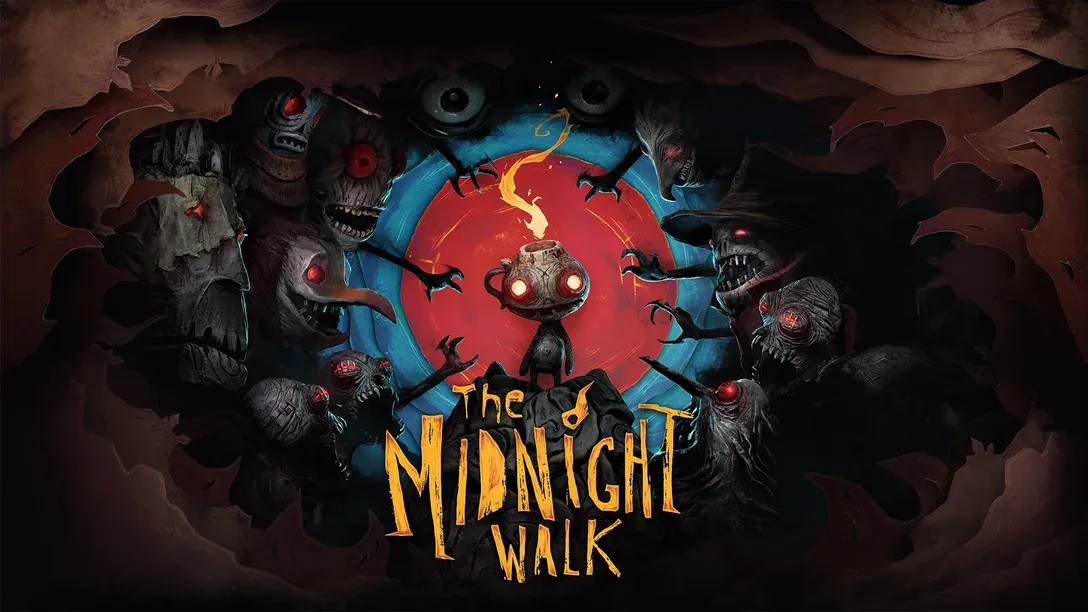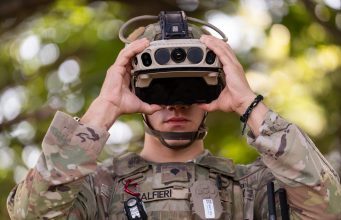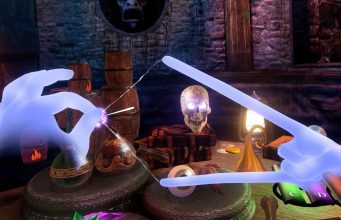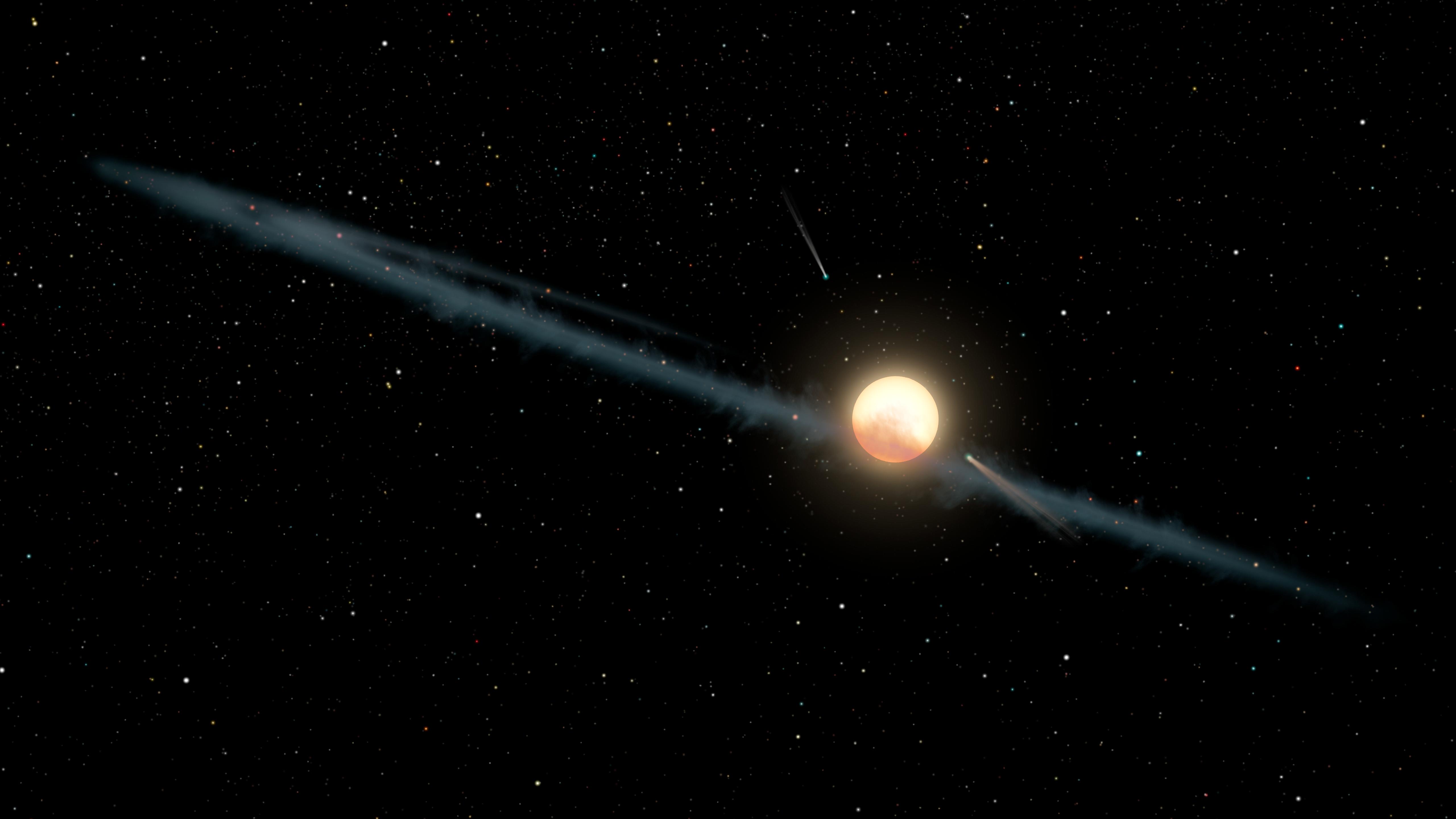To Probe the Interior of Neutron Stars, We Must Study the Gravitational Waves from their Collisions
When massive stars reach the end of their life cycle, they undergo gravitational collapse and shed their outer layers in a massive explosion (a supernova). Whereas particularly massive stars will leave a black hole in their wake, others leave behind a stellar remnant known as a neutron star (or white dwarf). These objects concentrate a … Continue reading "To Probe the Interior of Neutron Stars, We Must Study the Gravitational Waves from their Collisions" The post To Probe the Interior of Neutron Stars, We Must Study the Gravitational Waves from their Collisions appeared first on Universe Today.
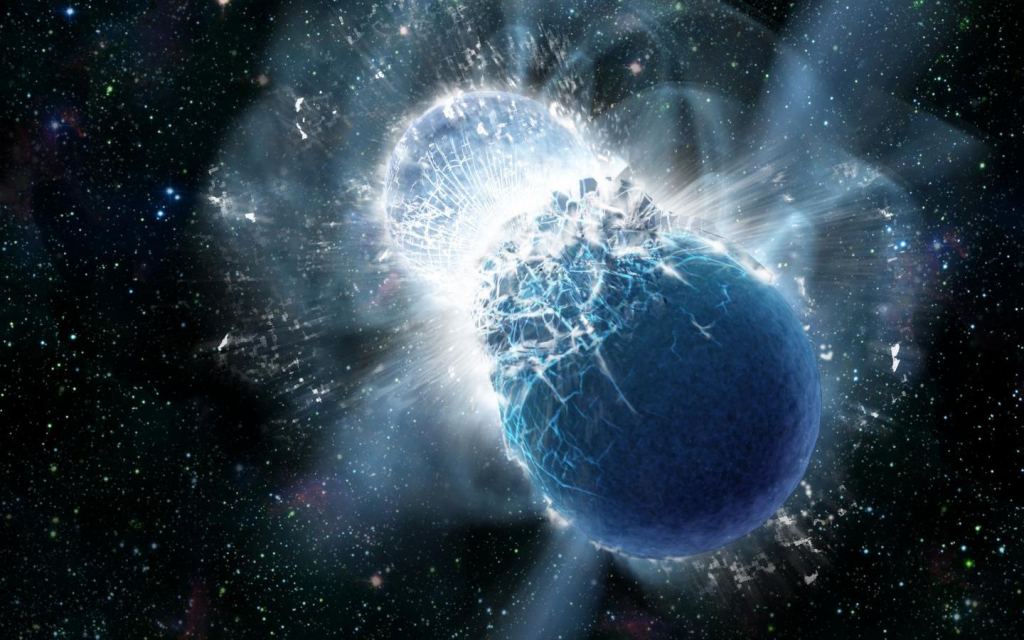
When massive stars reach the end of their life cycle, they undergo gravitational collapse and shed their outer layers in a massive explosion (a supernova). Whereas particularly massive stars will leave a black hole in their wake, others leave behind a stellar remnant known as a neutron star (or white dwarf). These objects concentrate a mass greater than the entire Solar System into a volume measuring (on average) just 20 km (~12.5 mi) in diameter. Meanwhile, the extreme conditions inside neutron stars are still a mystery to astronomers.
In 2017, the first collision between two neutron stars was detected from the gravitational waves (GWs) it produced. Since then, astronomers have theorized how GWs could be used to probe the interiors of neutron stars and learn more about the extreme physics taking place. According to new research by a team from Goethe University Frankfurt and other institutions, the GWs produced by binary neutron star (BNS) mergers mere milliseconds after they merge could be the best means of probing the interiors of these mysterious objects.
The research was conducted by a group led by Luciano Rezzolla, a professor from the Institute for Theoretical Physics (ITP) at Goethe University and a Senior Fellow with the Frankfurt Institute for Advanced Studies (FIAS). The research team also includes members of the ExtreMe Matter Institute (EMMI-GSI), Darmstadt Technical University (TU Darmstadt), and the University of Stavanger in Norway. The paper detailing their findings appeared on February 3rd in Nature Communications.

Originally predicted by Einstein’s Theory of General Relativity (GR), gravitational waves are ripples in spacetime caused by the merger of massive objects (like white dwarfs and black holes). While the most intense GWs are produced from mergers, BNS emit GWs for millions of years as they spiral inward toward each other. The post-merger remnant (a massive, rapidly rotating object) also emits GWs in a strong but narrow frequency range. This last signal, the team argues, could hold crucial information about how nuclear matter behaves at extreme densities and pressures (aka. “equation of state“).
As the team explained in their paper, the amplitude of post-merger GWs behaves like a tuning fork after it is struck. This means that the GW signal goes through a phase (which they have named the “long ringdown”) where it increasingly trends toward a single frequency. Using advanced simulations of merging neutron stars, the team identified a strong connection between these unique characteristics and the properties of the densest regions in the core of neutron stars. As Dr. Rezzolla explained in a University of Goethe press release:
“Thanks to advances in statistical modeling and high-precision simulations on Germany’s most powerful supercomputers, we have discovered a new phase of the long ringdown in neutron star mergers. It has the potential to provide new and stringent constraints on the state of matter in neutron stars. This finding paves the way for a better understanding of dense neutron star matter, especially as new events are observed in the future.”
By analyzing the long ringdown phase, they argue, astronomers can significantly reduce uncertainties in the equation of state for neutron stars. “By cleverly selecting a few equations of state, we were able to effectively simulate the results of a full statistical ensemble of matter models with considerably less effort,” said co-author Dr. Tyler Gorda. “Not only does this result in less computer time and energy consumption, but it also gives us confidence that our results are robust and will be applicable to whatever equation of state actually occurs in nature.“

In this sense, post-merger neutron stars could be used as “tuning forks” for investigating some of the deepest cosmic mysteries. Said Dr. Christian Ecker, an ITP postdoctoral student, and the study’s lead author:
“Just like tuning forks of different material will have different pure tones, remnants described by different equations of state will ring down at different frequencies. The detection of this signal thus has the potential to reveal what neutron stars are made of. I am particularly proud of this work as it constitutes exemplary evidence of the excellence of Frankfurt- and Darmstadt-based scientists in the study of neutron stars.”
This research, added Dr. Ecker, compliments the work of the Exploring the Universe from Microscopic to Macroscopic Scales (ELEMENTS) research cluster. Located at the Giersch Science Center (GSC), this cluster combines the resources of Goethe University, TU Darmstadt, Justus Liebig University Giessen (JLU-Gießen), and the Facility for Antiproton and Ion Research (GSI-FAIR). Their aim is to combine the study of elementary particles and large astrophysical objects with the ultimate goal of finding the origins of heavy metals (i.e. platinum, gold, etc.) in the Universe.
While existing GW observatories have not detected post-merger signals, scientists are optimistic that next-generation instruments will. This includes the Einstein Telescope (ET), a proposed underground observatory expected to become operational in the next decade, and the ESA’s Laser Interferometer Space Antenna (LISA), the first GW observatory ever proposed for space, currently scheduled for deployment by 2035. With the completion of these and other third-generation GW observatories, the long ringdown could serve as a powerful means for probing the laws of physics under the most extreme conditions.
Further Reading: Goethe University
The post To Probe the Interior of Neutron Stars, We Must Study the Gravitational Waves from their Collisions appeared first on Universe Today.




























